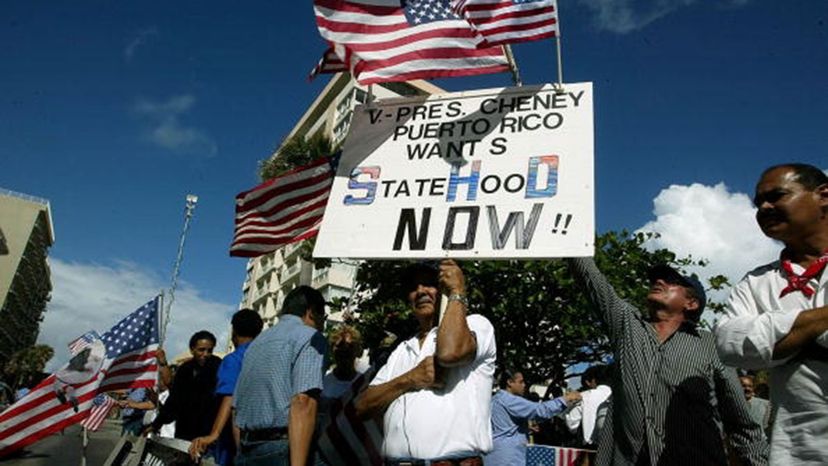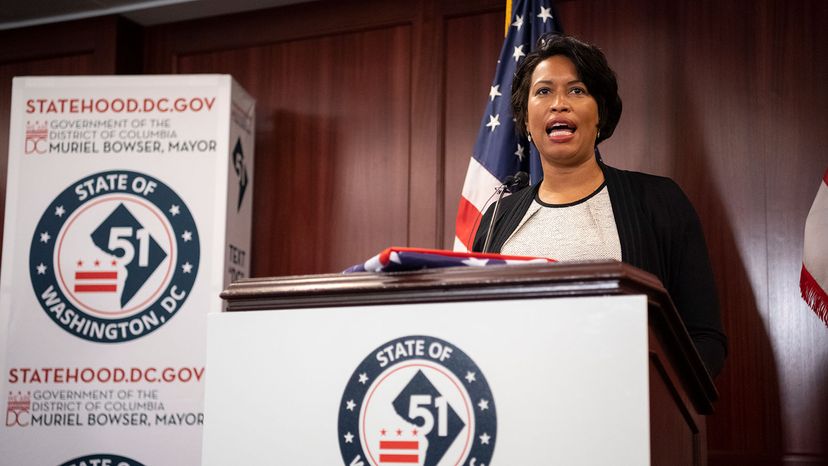
In 2012, for the first time since Puerto Rico became a commonwealth in 1952, a majority of Puerto Ricans voted against the current relationship with the U.S. It was a close contest, with 54 percent saying "no." But when asked what political status they preferred, "statehood" received the most votes by a large margin [source: Fabian], though a quarter of voters of the first question left that second question blank. In 2017, the question was asked again in a low turnout contest. More than 500,000 people favored statehood in that referendum, followed by nearly 7,800 votes for independence/free association and more than 6,800 votes for the current status.
A non-binding referendum on the subject was once again held in November 2020, with a yes/no choice to the question "Should Puerto Rico be immediately admitted into the Union as a state?" Fifty-two percent voted "yes" while 47 percent voted "no." But even so, it's not enough to make the commonwealth a state.
Advertisement
Puerto Rico is a self-governing commonwealth that is "associated" with the U.S. Thanks to a 1917 law, Puerto Ricans are U.S. citizens, but since Puerto Rico isn't a state, the island's inhabitants cannot vote in presidential elections. In an odd twist, they can vote in presidential primaries, because primaries are organized by the Democratic and Republican national committees, not the federal government [source: Helgesen].
According to Article IV, Section 3 of the U.S. Constitution, only Congress has the ability to authorize the creation of a new state. Specifically, Section 3 prohibits the creation of new states from the territory of others without their consent, or the combining of two or more states without congressional approval [source: Monk].
In practice, a majority of the 50 states began as U.S. territories. Either the territories petitioned Congress for permission to draft a state constitution and elect representatives, or they followed the more aggressive "Tennessee Plan." Tennessee, the very first U.S. territory, was rejected in its first bid for statehood, but decided to draft a state constitution anyway, and send two senators and a representative to Congress [source: Lehleitner]. Although Congress refused to seat the men, they successfully lobbied for statehood. Several other states followed the Tennessee model, including Alaska.
Official admission to the Union requires Congress to draft — and the president to sign — a bill called an "enabling act." For Puerto Rico to become a state, it would need to convince Congress and the president that statehood is not only in the best interest of the Puerto Rican people, but in the best interest of the United States as a whole. The U.S. Senate and the House of Representatives would need to approve the statehood admission by a simple majority vote, though some members of Congress want to raise that threshold to two-thirds majority [source: Longely, Rifkin].
For some perspective, let's look at where the other 50 states came from, and how the United States grew from 13 coastal colonies to the world's third-largest country.
Advertisement
